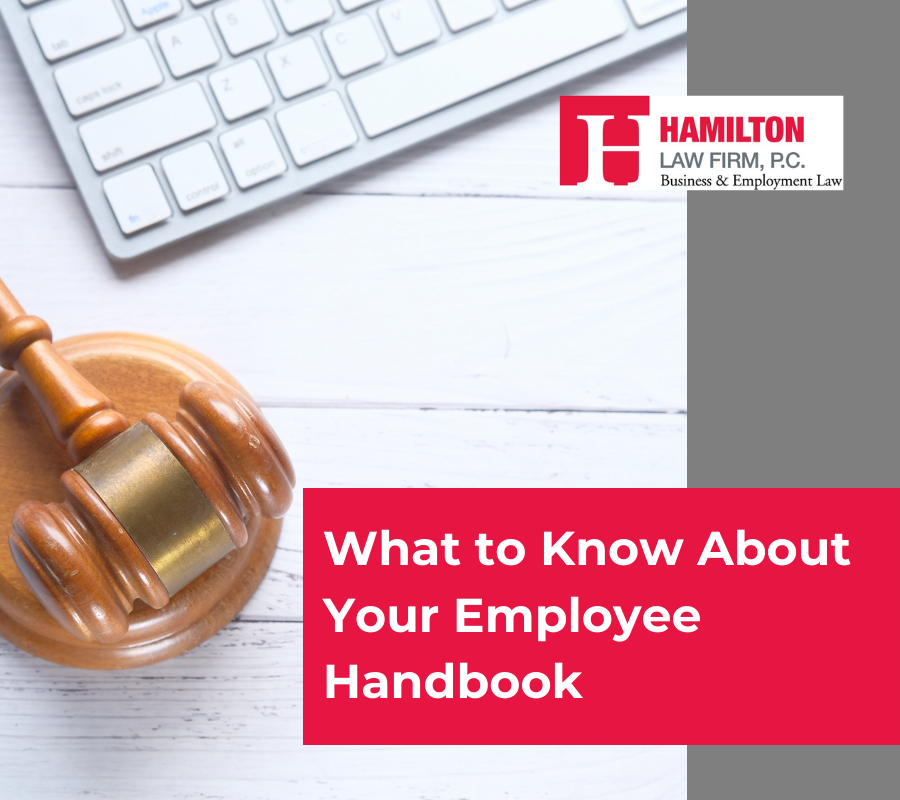Every company you work for will have an employee handbook you get a cursory introduction to during your first week on the job. Most likely, you will have some HR training during your initial onboarding process, nestled in between filling out forms and meeting your new team members.
In most instances, the HR-led handbook training doesn’t last long and may not even be live; you may be asked to watch a recorded video. You will then sign an acknowledgement confirming you have participated in the training, had a chance to ask questions, and agree to abide by the terms of the handbook.
While most employees never do, I recommend you actually read the handbook and make sure you have your own copy, either printed or saved somewhere easily accessible to you, even after termination. Within the pages of this lengthy document, you will find instructions on the company procedure you must follow to raise a claim against the company. One of the main employment law topics is filing a claim. If you need to file a claim later, whether it be for wrongful termination, discrimination, harassment, or retaliation, you will need to follow this procedure to put the company on notice that your claim exists and to allow them an opportunity to conduct an ‘investigation.’ The nature, scope, and quality of the actual investigation will be debatable. However, there should be no question that the company was aware of your situation.
Regardless of what the company policy says, understand that it is designed to protect the company, an objective that does not involve protecting you, the employee. Understand and follow the company’s procedure when filing a complaint, keep track of documents that state the facts of your complaint, the conversations you have with HR, and the outcome of the ‘investigation.’ Ask yourself and document the reporter questions. Reporter questions can be answered by asking who, what, when, where, how, and why. Recording and documenting these details of your claim in real-time may satisfy the evidentiary requirements to be admissible in court.
If your workplace has security video recordings, ask that those recordings be saved and provided to you. If the offending conduct was via email, provide those details to the investigator. If there are witnesses, include their details as well.
The Bottom Line
Always speak up. The company’s first line of defense against your claim is that they didn’t know about it and hence, could not have mitigated their damages by protecting you. Your claim is against the company itself, not only the individuals who have acted against you, and accordingly, you must show that you put the company on notice of what you were experiencing and that they did not act reasonably to protect you against the harassment.
Are you facing an employment law dispute and looking for help navigating the issue? Contact us today and schedule a consultation.


